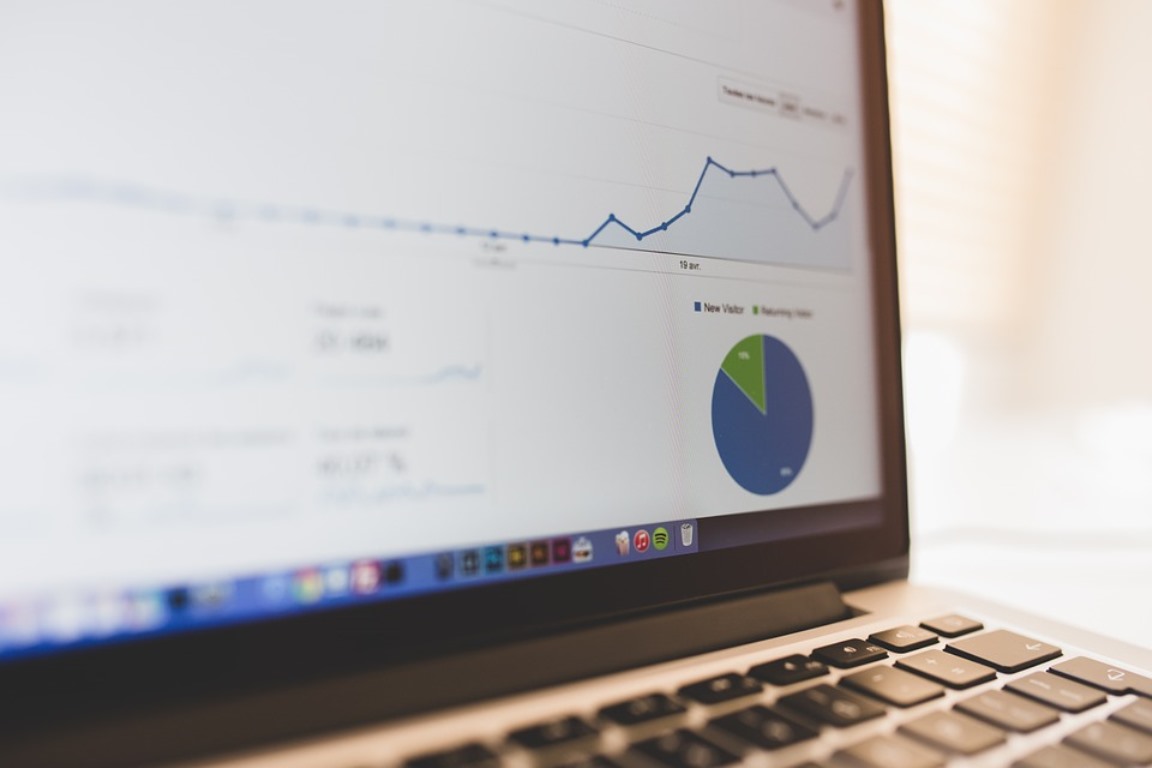Canonicalisation (a) “ca-non-ick-cull-eye-zay-shun”
Canonicalisation refers to choosing a preferred single dominant URL for your page, sending authoritative signals to the preferred page you’d like to show in Google.
Why are canonical tags important?
Canonicalisation fixes problems related to multiple versions of a single piece of writing, which is often an entire webpage that appears in multiple locations on one website. This causes problems for search engines as they can’t determine which version of this content should be shown to searchers. As a result, this can lead to a ‘duplicate content’ issue (where Google does not associate the right authority with the page we actually want to rank)
What do multiple URLs look like?
https://www.example.co.uk
http://www.example.co.uk
http://www.example.co.uk/index.html
http://example.co.uk
The above examples are multiple URL versions of the same page.
How to use canonical tags
Canonical code example:
<link rel="canonical" href="https://www.example.co.uk">
If your site generates this URL: http://www.example.co.uk/shirts?12345
It may be best to ensure your canonical points to http://www.example.co.uk/shirts.
Canonical tags top tips
1. The canonical tag should always be in the header section of the HTML
2. The canonical tag should always be the version listed in the xml sitemap
3. Internal links should always point to the canonical version
4. Should only be used on highly similar content

Whilst canonical tags can prove to be strong hints to Google, there are a huge range of other ranking signals which can potentially outweigh their effect. Contact us on 01372 749200 or hello@fingo.co.uk to find out how we can help you with SEO.